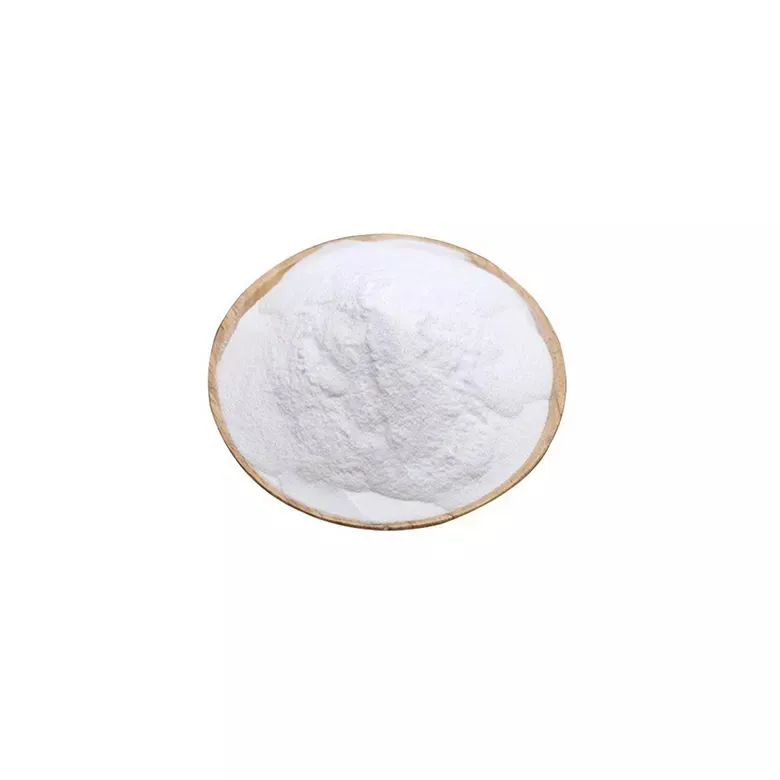Warning: Undefined array key "title" in /home/www/wwwroot/HTML/www.exportstart.com/wp-content/themes/1198/header.php on line 6
Warning: Undefined array key "file" in /home/www/wwwroot/HTML/www.exportstart.com/wp-content/themes/1198/header.php on line 7
Warning: Undefined array key "title" in /home/www/wwwroot/HTML/www.exportstart.com/wp-content/themes/1198/header.php on line 7
Warning: Undefined array key "title" in /home/www/wwwroot/HTML/www.exportstart.com/wp-content/themes/1198/header.php on line 7
- Afrikaans
- Albanian
- Amharic
- Arabic
- Armenian
- Azerbaijani
- Basque
- Belarusian
- Bengali
- Bosnian
- Bulgarian
- Catalan
- Cebuano
- China
- China (Taiwan)
- Corsican
- Croatian
- Czech
- Danish
- Dutch
- English
- Esperanto
- Estonian
- Finnish
- French
- Frisian
- Galician
- Georgian
- German
- Greek
- Gujarati
- Haitian Creole
- hausa
- hawaiian
- Hebrew
- Hindi
- Miao
- Hungarian
- Icelandic
- igbo
- Indonesian
- irish
- Italian
- Japanese
- Javanese
- Kannada
- kazakh
- Khmer
- Rwandese
- Korean
- Kurdish
- Kyrgyz
- Lao
- Latin
- Latvian
- Lithuanian
- Luxembourgish
- Macedonian
- Malgashi
- Malay
- Malayalam
- Maltese
- Maori
- Marathi
- Mongolian
- Myanmar
- Nepali
- Norwegian
- Norwegian
- Occitan
- Pashto
- Persian
- Polish
- Portuguese
- Punjabi
- Romanian
- Russian
- Samoan
- Scottish Gaelic
- Serbian
- Sesotho
- Shona
- Sindhi
- Sinhala
- Slovak
- Slovenian
- Somali
- Spanish
- Sundanese
- Swahili
- Swedish
- Tagalog
- Tajik
- Tamil
- Tatar
- Telugu
- Thai
- Turkish
- Turkmen
- Ukrainian
- Urdu
- Uighur
- Uzbek
- Vietnamese
- Welsh
- Bantu
- Yiddish
- Yoruba
- Zulu
Nov . 09, 2024 19:46 Back to list
Comparing Sucralose and Aspartame for Sweetening Solutions in Food Products
Sucralose and Aspartame A Comparative Analysis
In today's health-conscious society, the quest for sugar alternatives has led to the rise of artificial sweeteners, among which sucralose and aspartame are two of the most popular. Both are widely used in a variety of food and beverage products, marketed primarily to consumers looking to reduce their sugar intake and manage their weight. However, they differ significantly in terms of their chemical composition, sweetness levels, safety profiles, and potential health effects. This article will explore these two sweeteners in detail, highlighting their commonalities and differences.
Chemical Composition and Sweetness
Sucralose is a chlorinated derivative of sucrose, or table sugar, created by substituting three hydroxyl groups in sugar with chlorine atoms. This modification not only enhances its sweetness—making it approximately 600 times sweeter than sucrose—but also renders it non-caloric since the body cannot metabolize it. This unique feature makes sucralose especially appealing for those looking to reduce caloric intake without sacrificing sweetness.
On the other hand, aspartame is a low-calorie sweetener composed of two amino acids aspartic acid and phenylalanine. It is about 200 times sweeter than sucrose. Aspartame does contribute a small amount of calories (approximately 4 calories per gram), but due to its high sweetness potency, the actual amount used in foods is so small that it is often considered negligible.
Common Uses
Both sucralose and aspartame are used extensively in the food and beverage industry. You can find them in a wide array of products, including diet sodas, sugar-free gum, candies, and various low-calorie foods. Their ability to mimic the sweetness of sugar without the associated calories makes them attractive to manufacturers aiming to cater to health-conscious consumers.
Safety and Regulatory Approval
sucralose e aspartame

One of the critical factors influencing the choice between sucralose and aspartame is safety. Both sweeteners have undergone rigorous testing and have been approved by various food safety authorities around the world, including the U.S. Food and Drug Administration (FDA) and the European Food Safety Authority (EFSA).
Sucralose has been deemed safe for consumption and is often considered to have fewer health concerns associated with its use. However, some studies have raised questions about the potential effects of sucralose on gut health and glucose metabolism, leading to ongoing research in this area.
Aspartame, meanwhile, has been more controversial. While it is generally recognized as safe for the general population, it carries a warning for individuals with phenylketonuria (PKU), a rare genetic condition that makes it difficult for the body to process phenylalanine. Some studies have suggested potential links between aspartame and certain health issues, such as headaches, mood disorders, and even cancer, although definitive evidence is lacking. Regulatory agencies maintain that aspartame is safe when consumed within established daily limits.
Public Perception and Controversy
Public perception of these artificial sweeteners can vary significantly. Many consumers are wary of artificial additives in their food and may prefer natural sweeteners, while others embrace the advantages of low-calorie sweeteners in managing weight and blood sugar levels. This ambivalence may be influenced by ongoing debates about the long-term health effects of these substances, as well as misinformation spread through social media.
Conclusion
In conclusion, both sucralose and aspartame serve as effective sugar substitutes, each with distinct characteristics and safety profiles. While sucralose is prized for its non-caloric nature and potential lesser health concerns, aspartame remains a widely used sweetener with specific dietary restrictions for certain individuals. As the demand for low-calorie products continues to grow, understanding the differences between these sweeteners can help consumers make informed choices about their dietary needs. Whether opting for sucralose, aspartame, or other alternatives, individuals should consider both the advantages and potential risks in the context of their overall health and preferences.
Latest news
-
Certifications for Vegetarian and Xanthan Gum Vegetarian
NewsJun.17,2025
-
Sustainability Trends Reshaping the SLES N70 Market
NewsJun.17,2025
-
Propylene Glycol Use in Vaccines: Balancing Function and Perception
NewsJun.17,2025
-
Petroleum Jelly in Skincare: Balancing Benefits and Backlash
NewsJun.17,2025
-
Energy Price Volatility and Ripple Effect on Caprolactam Markets
NewsJun.17,2025
-
Spectroscopic Techniques for Adipic Acid Molecular Weight
NewsJun.17,2025

